Initiatives improve care in different settings
We’re focused on helping people get the care and support they need – when they need it. From our teams in care and insurance, to colleagues working in research and education, we’re committed to improving health and well-being. As a partner for good, we work closely with our members, patients, employer partners and colleagues to understand how to better serve our community. The following examples highlight some of the ways we’re achieving our goal.
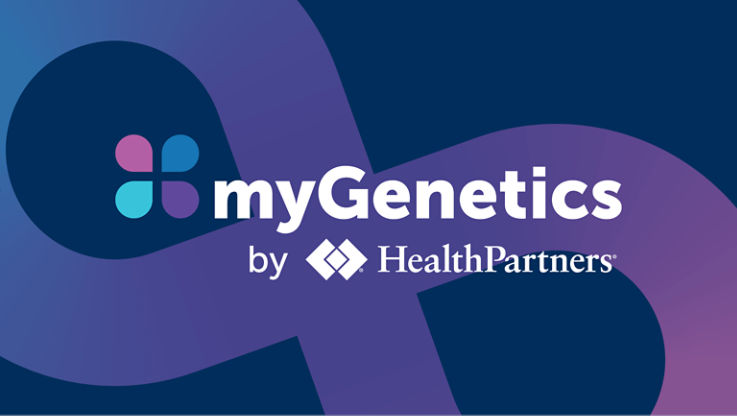
The future of community health is in our genes
HealthPartners new DNA testing program, myGenetics, aligns with our ongoing focus on delivering care that is simple, personalized and affordable.
In its first full year, about 25,000 participants chose to take part in the community research study, reaching its annual goal and giving a strong start to the multi-year program. Participants in the myGenetics program learn unique and powerful insights about their DNA, information that can potentially improve health for themselves, their families and their community.
“I'm a firm believer in God, and there’s a prayer I have been praying for 20 years,” she says. “Every night, I pray, ‘Lord, don't let this cancer gene in our family continue. Let it be stopped.’”
In addition to identifying actionable genetic health risks – from common cancers and heart disease – myGenetics also offers a look into ancestry and personal traits, including caffeine sensitivity and more.
“We’re committed to not just treating or curing illnesses but preventing them. It’s incredible to see our patients and those in the community be so enthusiastic about myGenetics and the future of personalized medicine.”
More seniors embrace convenient access to nutritious foods
HealthPartners became the
In 2022 alone, 38,617 boxes were delivered to eligible members – that’s over 570,000 pounds of fresh produce. Each seasonal produce box includes health literacy around nutrition, information on health checkups, healthy recipes and more. Members can select specific box types such as mixed produce or all fruit and also choose from a variety of culturally relevant boxes.
With 40% of our eligible members using the benefit, it has steadily become one of our most popular supplemental benefits and directly supports our efforts to address food insecurity.
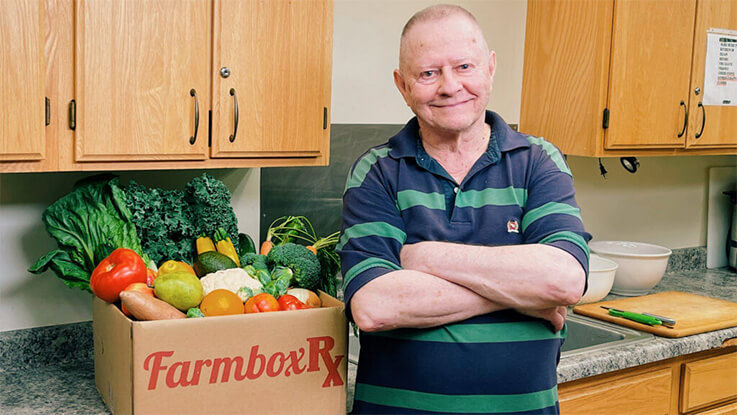
HealthPartners Minnesota Senior Health Options (MSHO)(HMO) member, Tom Rabatin, describes how FarmboxRx has helped him access a reliable source of fruits and vegetables. “My favorite part about receiving my FarmboxRx is having access to recipes that are in the FarmboxRx magazine,” he said. “Receiving my FarmboxRx makes me feel like I'm doing the right things as far as my diet goes. I feel like I'm properly eating the necessary fruits and vegetables, which I was lacking in the past.”
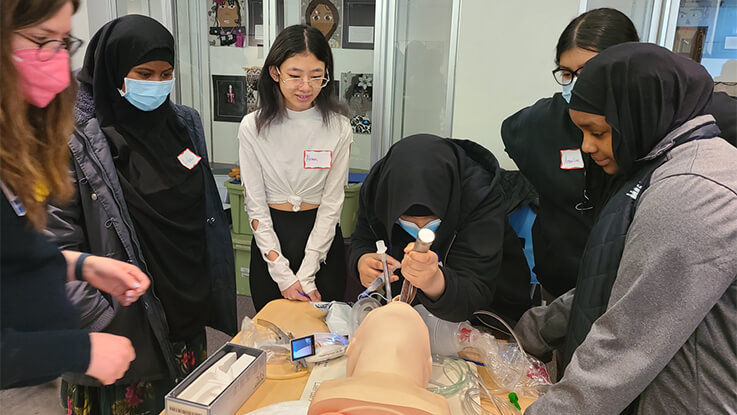
Expanding and enhancing clinical simulation services to improve care delivery
HealthPartners Institute’s Clinical Simulation Center trains 8,000 health care workers each year. Simulations range from procedures performed on computerized mannequins to practicing for specific patient care situations.
While many of these health care workers are part of HealthPartners, trainees also include local medical and nursing students, emergency medicine and fire department personnel, and even local high school students who are exploring health careers.
HealthPartners recently completed a relocation and expansion of it’s

Reducing barriers to breastfeeding
While research suggests that breastfeeding has health benefits for babies and mothers, studies also show that Black mothers are less likely to initiate and maintain breastfeeding. Common barriers to breastfeeding include pain, discomfort, lack of time or preference to bottle feed. But there are also breastfeeding disparities that are rooted in historical trauma, bias and systemic racism.
To address these disparities, we continue to grow our Lactation Café offerings and community partnerships. At these once-weekly cafés, breastfeeding parents can weigh their babies, learn and connect with others and get help with questions or concerns. Each café is led by a certified lactation consultant.
- We’ve expanded our Lactation Cafés, now with seven locations across the Twin Cities.
- We’re partnering with Hennepin County’s Special Supplement Nutrition Program for Women, Infants and Children (WIC) and providing WIC peer counselors at our Minneapolis and Brookdale clinics.
- We have a Somali interpreter at our Minneapolis café and Spanish interpreter at our Shakopee café.
- We’ve added a virtual Lactation Café option.
We’ve also partnered with Ramsey County WIC and the Minnesota Breastfeeding Coalition to develop a program to help lactation counselors of color get the clinical hours needed to achieve their certification as International Board-Certified Lactation Consultants. And we’ve sponsored scholarships for diverse lactation professionals.
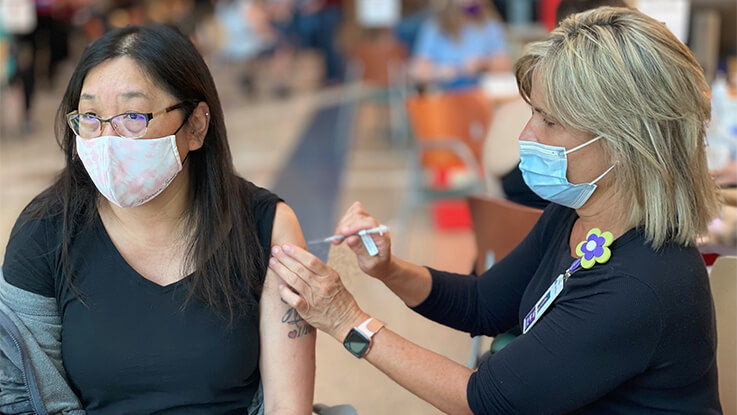
Building trust in vaccines through science
HealthPartners Institute has long history of participating in research that supports vaccine safety.
Since 2000, it’s been a part of the Vaccine Safety Data Link (VSD), a network of 13 large health systems that monitor vaccine safety in partnership with the Centers for Disease Control and Prevention (CDC). Along with other participating health systems, the Institute shares and analyzes large sets of data to help ensure vaccines currently used in the U.S. are safe. In 2022, the CDC awarded the Institute nearly $4 million for its VSD work. More than $700,000 will be used to continue surveillance of COVID-19 vaccines, and another $3.1 million to fund other projects.
HealthPartners was also one of 100 sites nationwide to participate in the AstraZeneca COVID-19 vaccine trial in 2020. We had some of the highest enrollment numbers in the nation, and our participants reflected the diverse community we serve. More than 36% of HealthPartners vaccine trial participants were from communities of color. This diverse representation leads to better science, and ultimately, better health.
“We’re proud that our research is helping improve outcomes and experiences for our patients, members and community, while generating knowledge that helped build confidence in vaccines and undoubtedly saved lives.”
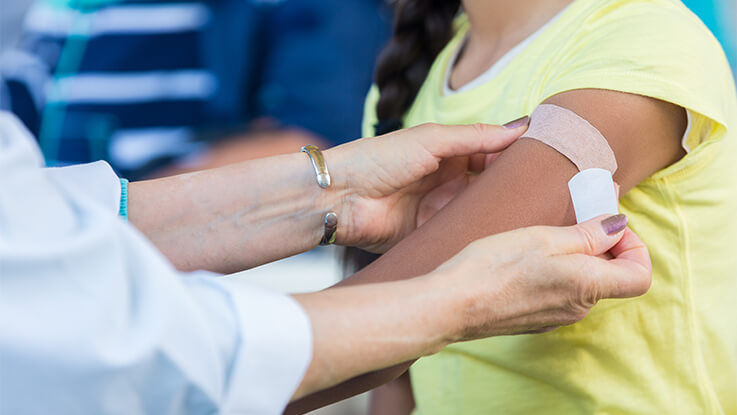
Helping kids get required immunizations
Park Nicollet has collaborated with Minnesota school districts for the past 25 years to make it easier for children to get their back-to-school immunizations through the
Children entering grades K-12 in participating school districts can schedule immunization-only appointments or walk in for same-day appointments to get their required immunizations – at no direct charge to the parent or guardian. Children, regardless of insurance status, do not need to be existing patients at the participating clinics or be seen by a clinician to receive their vaccines.
In 2022, the program expanded to all primary care clinics across the HealthPartners system of care. More than 23 school districts in Minnesota participate in the program.
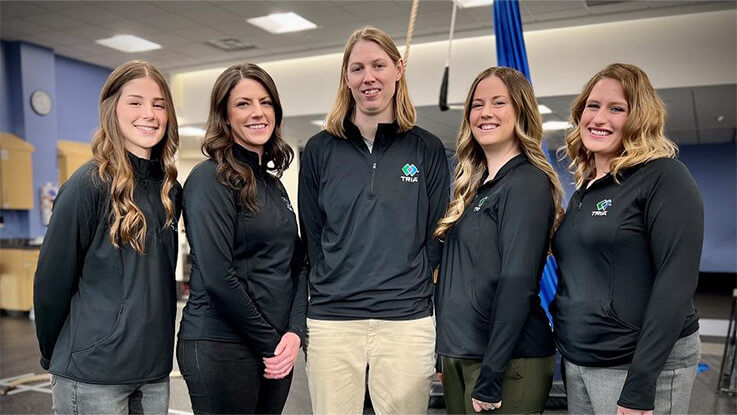
Raising the bar for high-flying athletes
At TRIA, we’re committed to serving our each of our patients, providing care that specifically meets their needs.
Over the past seven years, TRIA has partnered with
The five-person team includes a physician, two physical therapists and two athletic trainers who work together to provide patients with multidisciplinary care while addressing gaps in care common among circus performers, gymnasts, dancers, figure skaters and other performing artists.
“We’re trying to show all performing artists that they are athletes, and they have a place in sports medicine.”